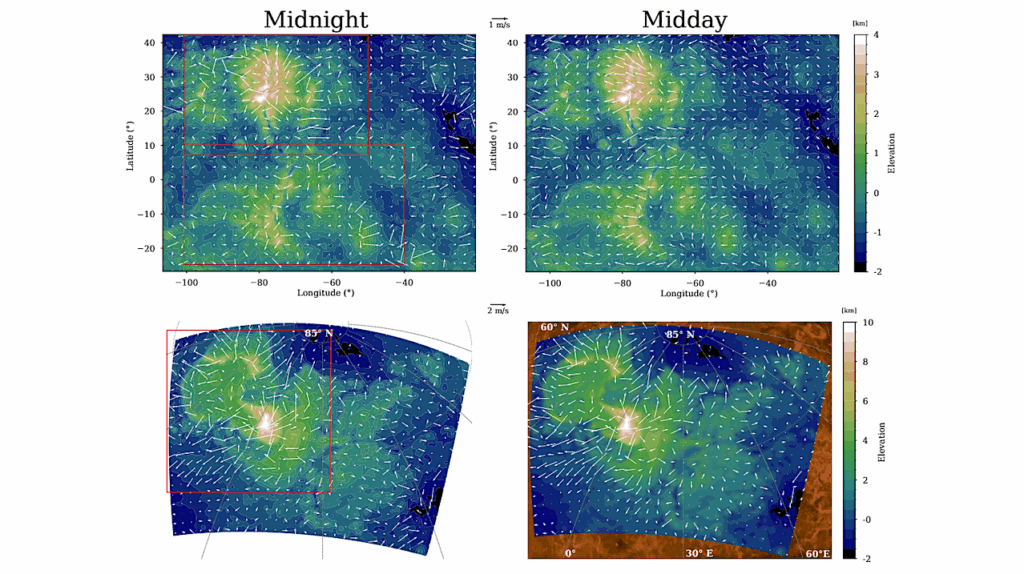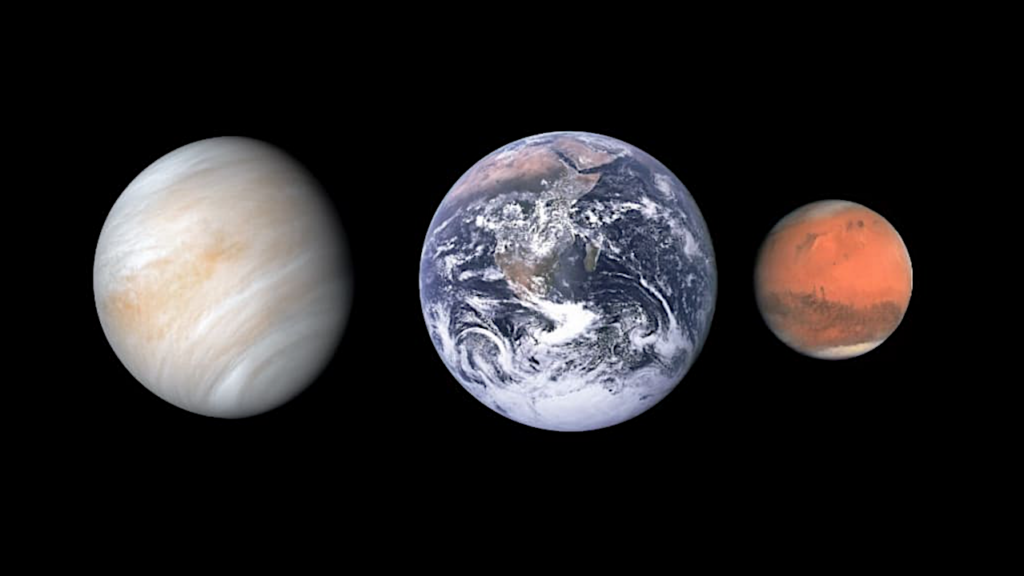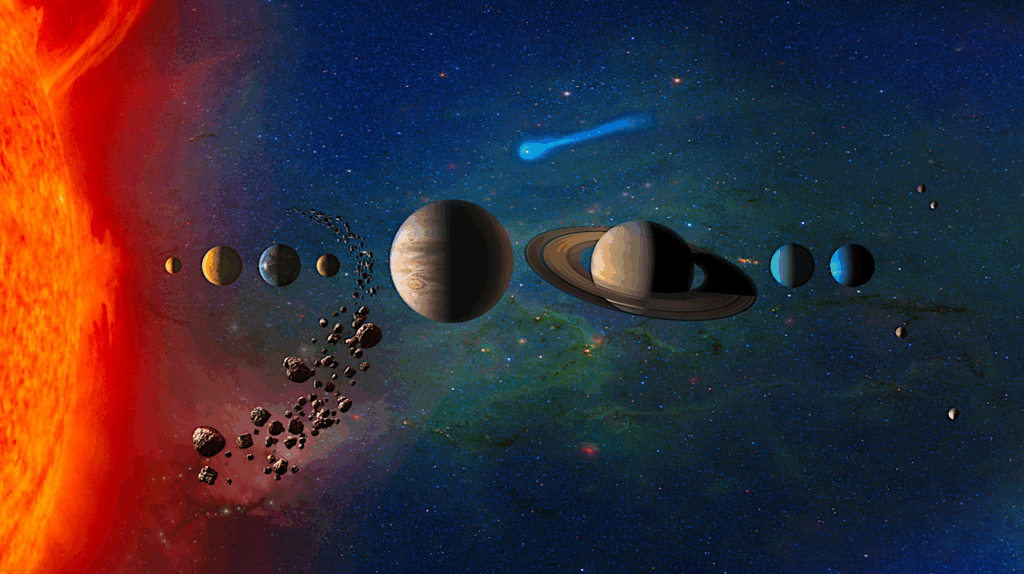Production of Ammonia Makes Venusian Clouds Habitable and Explains Observed Cloud-Level Chemical Anomalies

The atmosphere of Venus remains mysterious, with many outstanding chemical connundra. These include: the unexpected presence of ~10 ppm O2 in the cloud layers; an unknown composition of large particles in the lower cloud layers; and hard to explain measured vertical abundance profiles of SO2 and H2O.
We propose a new hypothesis for the chemistry in the clouds that largely addresses all of the above anomalies. We include ammonia (NH3), a key component that has been tentatively detected both by the Venera 8 and Pioneer Venus probes. NH3 dissolves in some of the sulfuric acid cloud droplets, effectively neutralizing the acid and trapping dissolved SO2 as ammonium sulfite salts. This trapping of SO2 in the clouds together with the release of SO2 below the clouds as the droplets settle out to higher temperatures, explains the vertical SO2 abundance anomaly.
A consequence of the presence of NH3 is that some Venus cloud droplets must be semi-solid ammonium salt slurries, with a pH~1, which matches Earth acidophile environments, rather than concentrated sulfuric acid. The source of NH3 is unknown, but could involve biological production; if so, then the most energy-efficient NH3-producing reaction also creates O2, explaining the detection of O2 in the cloud layers.
Our model therefore predicts that the clouds are more habitable than previously thought, and may be inhabited. Unlike prior atmospheric models, ours does not require forced chemical constraints to match the data. Our hypothesis, guided by existing observations, can be tested by new Venus in situ measurements.
William Bains, Janusz J. Petkowski, Paul B. Rimmer, Sara Seager
Subjects: Earth and Planetary Astrophysics (astro-ph.EP); Atmospheric and Oceanic Physics (physics.ao-ph)
Journal reference: Proceedings of the National Academy of Sciences Dec 2021, 118 (52)
DOI: 10.1073/pnas.2110889118
Cite as: arXiv:2112.10850 [astro-ph.EP] (or arXiv:2112.10850v1 [astro-ph.EP] for this version)
Submission history
From: Janusz Petkowski
[v1] Mon, 20 Dec 2021 20:37:17 UTC (2,164 KB)
https://arxiv.org/abs/2112.10850
Astrobiology,








